Visual imagery— including statues, inscriptions, and paintings—carried deep meaning for the ancient Romans. In essence, it was a powerful and lasting way of communicating with the masses. Rulers of Rome often used art to make clear their authority to their subjects and to express political and religious beliefs and practices. Just as Augustus started a new political tradition when he became Rome’s first emperor, so he also re-imagined Roman art.

Augustus as High Priest (left)
The new artistic style is perhaps best seen in his unique statuary, specifically sculptural portraits. Sculptors carved likenesses of him that emphasized his different religious and political roles, as is seen in the statue of Augustus as Pontifex Maximus (left). This piece shows Augustus not only as the emperor of Rome, but also as the Pontifex Maximus, the high priest of Rome. The hooded toga that he wears is a special outfit worn only during religious rituals and thus identifies him as a priest.
Bu hikaye Dig Into History Magazine for Kids and Teens dergisinin November/December 2017 sayısından alınmıştır.
Start your 7-day Magzter GOLD free trial to access thousands of curated premium stories, and 9,000+ magazines and newspapers.
Already a subscriber ? Giriş Yap
Bu hikaye Dig Into History Magazine for Kids and Teens dergisinin November/December 2017 sayısından alınmıştır.
Start your 7-day Magzter GOLD free trial to access thousands of curated premium stories, and 9,000+ magazines and newspapers.
Already a subscriber? Giriş Yap

Worshiping Heaven
For almost 500 years, emperors of the Ming and Qing dynasties offered sacrifices and prayers at the Temple of Heaven in Beijing.
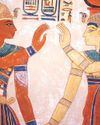
Peace Reigns
The news spread throughout Egypt—a new pharaoh, Ramses III, now sat on the throne.
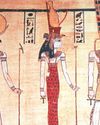
Problems To The East
Ramses III, the second king of Egypt’s 20th Dynasty, is viewed as Egypt’s last truly great pharaoh.
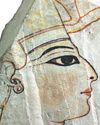
The Successors
Following the death of Ramses III, eight pharaohs, all named Ramses, ruled Egypt.
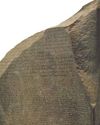
Stone Code
Hundreds of ships, led by the French general Napoleon Bonaparte, sailed from France in May 1798 on a secret mission.

Up & Away!
Eclipse observers often face unexpected difficulties, sometimes on their way to their chosen sites and sometimes at a site itself.

Edison's Eclipse Adventure
Thomas Edison (1847–1931) is the best-known inventor in American history.
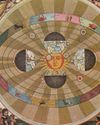
Digging Up Copernicus
The scientist “who made the Earth a planet” is how the Harvard-Smithsonian astronomer Owen Gingerich refers to Nicolaus Copernicus (1473–1543). Copernicus’ path breaking book, On the Revolutions of the Heavenly Spheres,challenged the centuries-old belief that the Earth stood stationary at the center of the cosmos.

Demosthenes & Cicero
Even today, more than 2,000 years after they lived, Demosthenes and Cicero are still considered two of history’s most outstanding orators.
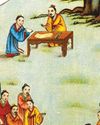
Confucius & Socrates
Some teachers are so inspirational that their influence lives on long after they die.